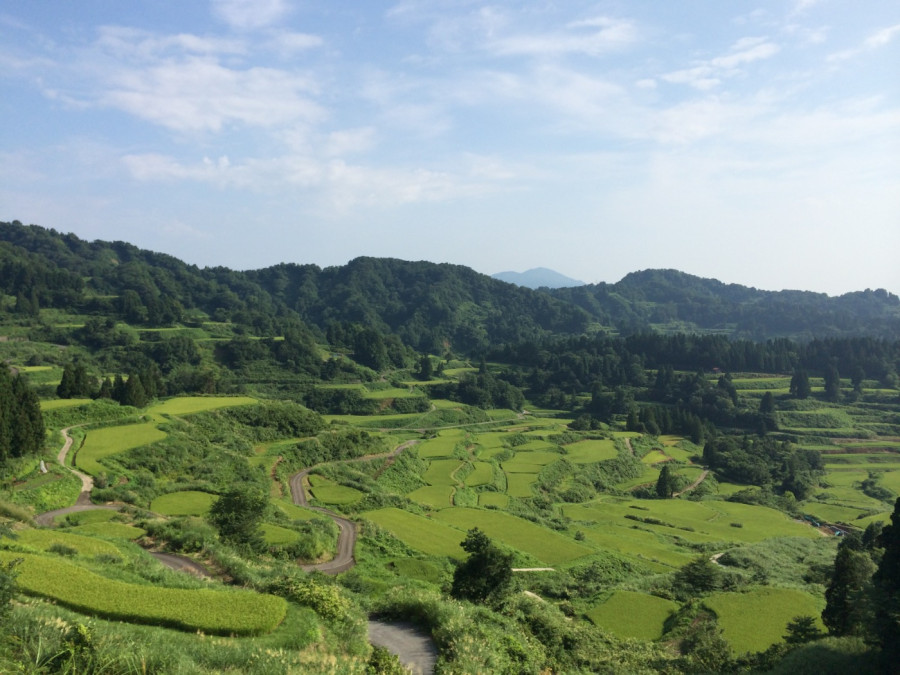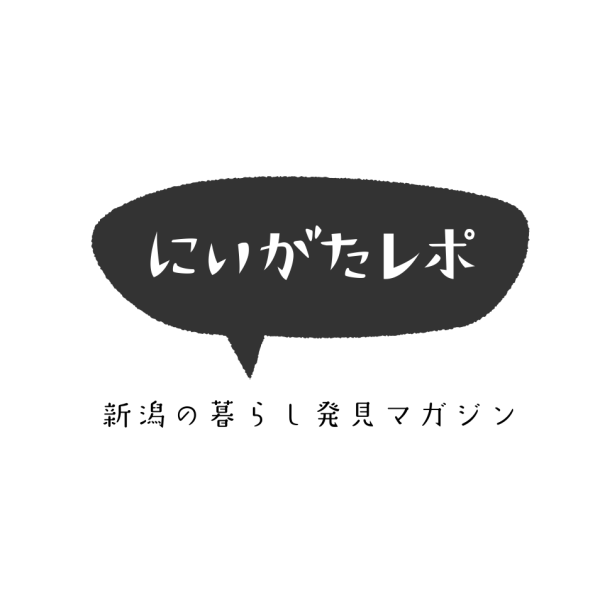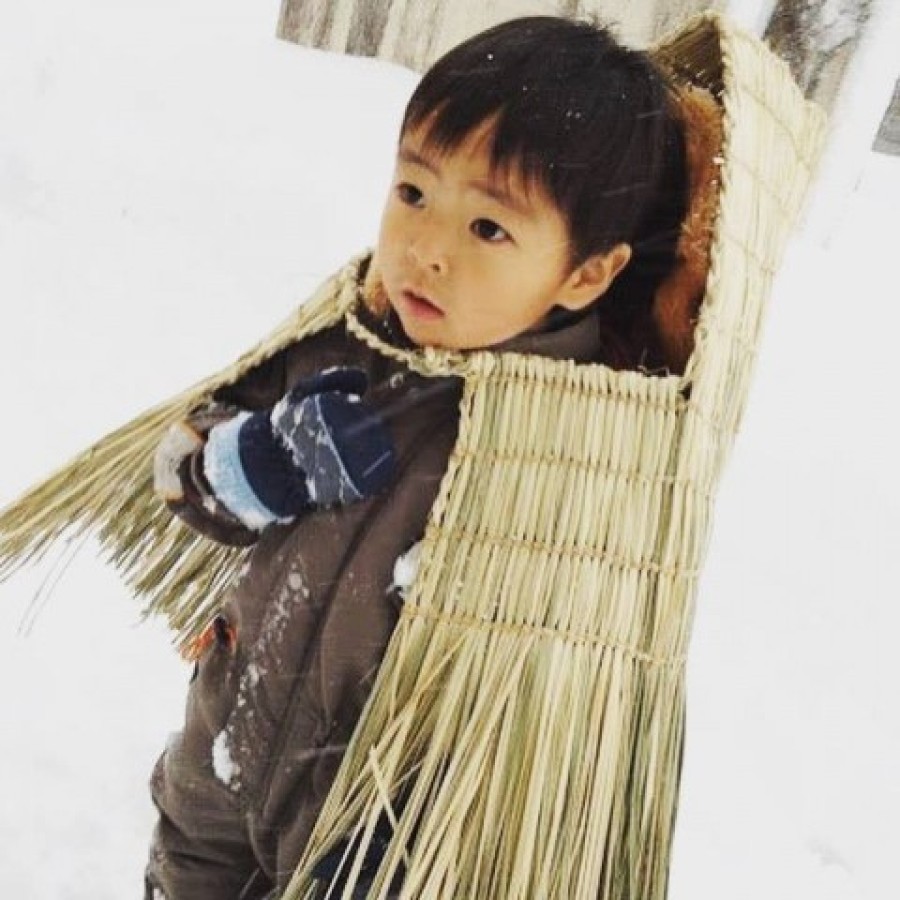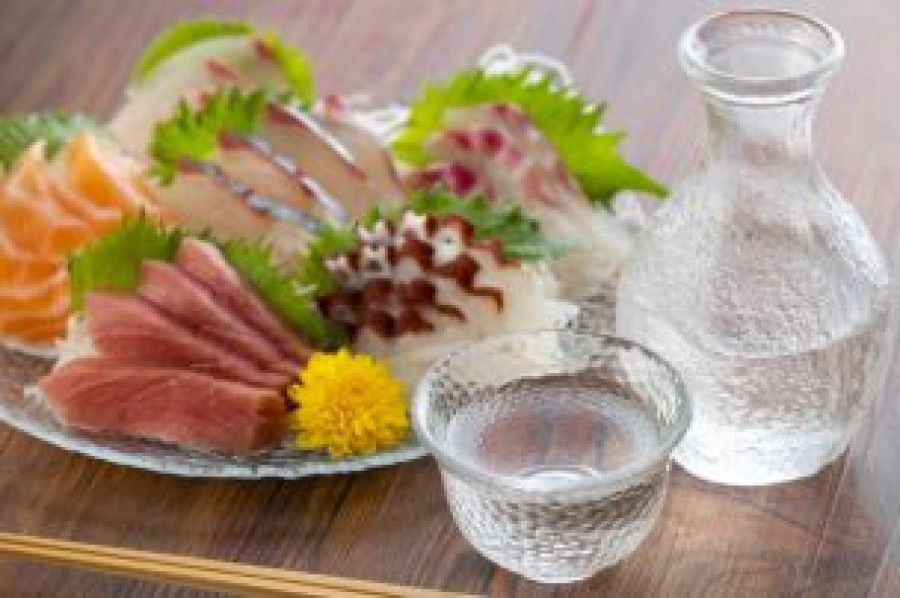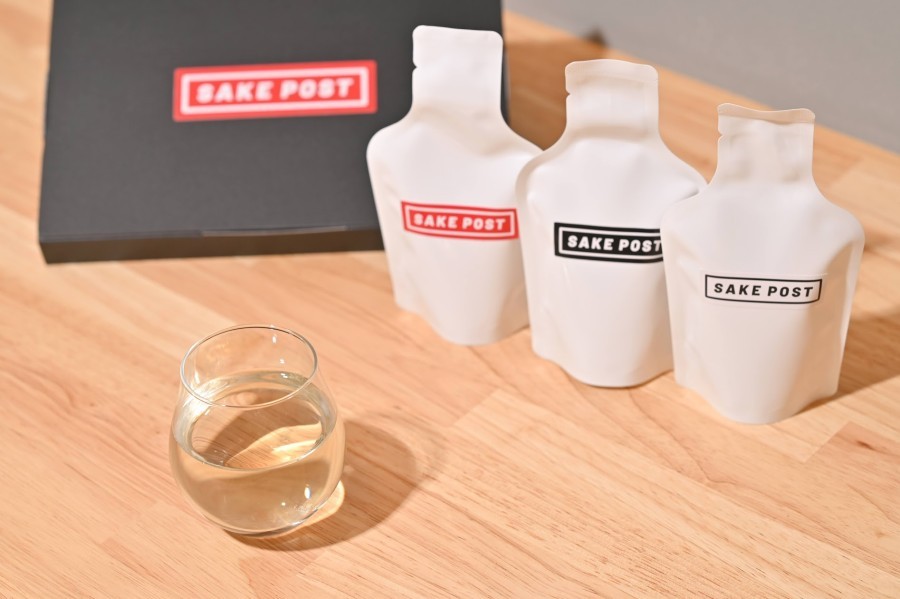I visited the Hoshitoge rice terraces in Tokamachi City.
As reported in Niigata Topics, this is a scenic spot that boasts a high reputation both within and outside the prefecture, having been selected as one of the 47 best sightseeing spots in Japan by the popular website Travel Media.
This area, the so-called ' Echigo-Tsumari ', is the site of the Triennale (an international art festival held every three years) called the ' Echigo-Tsumari Art Tri ennale', and the whole region is a work of art, so to speak. Artworks are exhibited everywhere.
Although it is a well-known place, it is not easy to find. So I would like to start with a little navigation. I have tried to show the approximate location on Google Map. There is no way to avoid using civilisation, so I will base my guidance on Google Map.
The location is around the marked point (incidentally, I have just discovered that it is also moderately spectacular when viewed on Google Earth).
Assuming you are going from the Matsudai direction, you will have to go from Route 253. If you are coming from Muikamachi I.C. on the Kanetsu Expressway, it will take about one hour.
Passing through the town of Matsudai and heading in the direction of Joetsu, there is a three-way junction called 'Ikejiri'.
From there, turn onto the 403 and follow the road for the rest of the way.
In doing so,
You will see the entrance to the slope on the right. ↑This is the area.
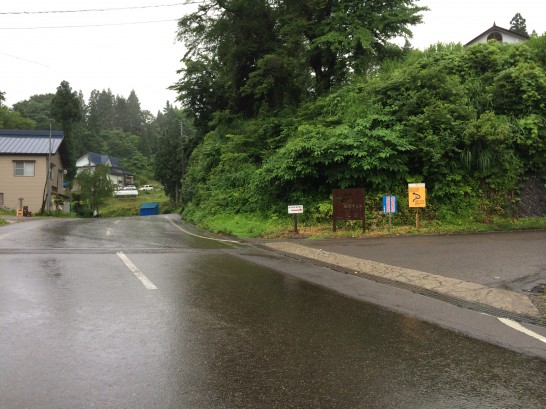
Here. There is also an information board. Be careful not to drive past it in a daze. The road to this point is also very beautiful... (Also, be careful not to look over your shoulder while driving!) (Be careful when driving without looking!).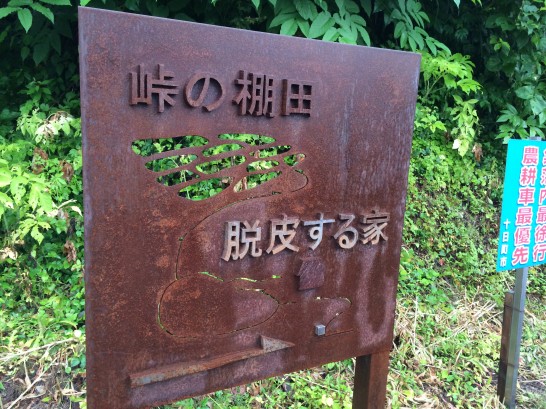
From a distance, it can blend into the landscape. Once you turn right, you will continue uphill. Note that, as the sign says, 'farm vehicles have priority'. Although this area has become famous as a tourist destination, it is naturally inhabited by local people, so refrain from getting too excited and causing trouble.
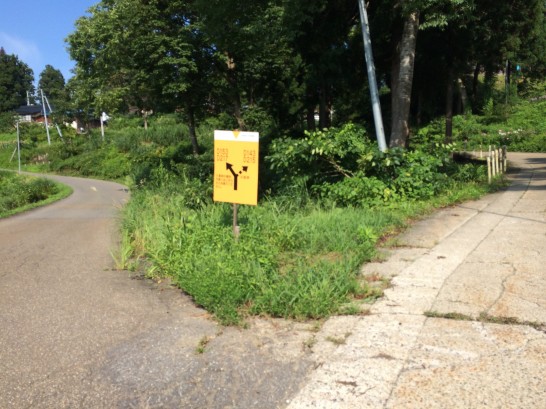
After a short while, you will see this information board.
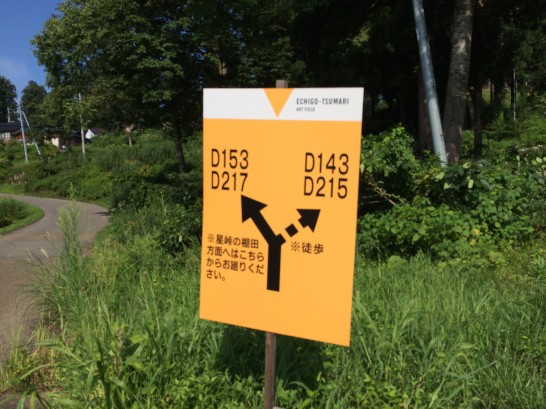
If you are driving, proceed to the left. If you are on foot or bicycle, they say you can also go from the right. Incidentally, this yellow sign is an information board for the Echigo-Tsumari Art Triennale. You can see them everywhere. During the period of the festival, you can use these as landmarks as you make your way around the various works of art. There is also a work called ' Shedding House ' nearby (you can see it on the signboard in the photo above).
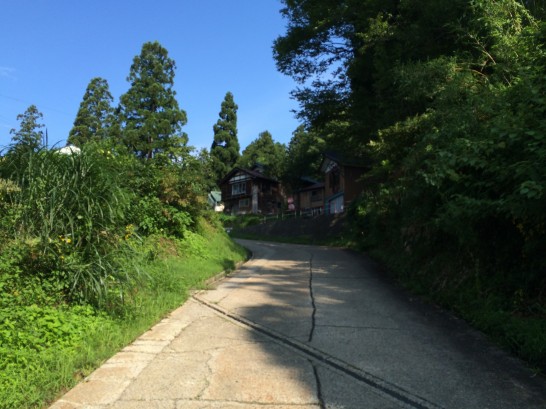
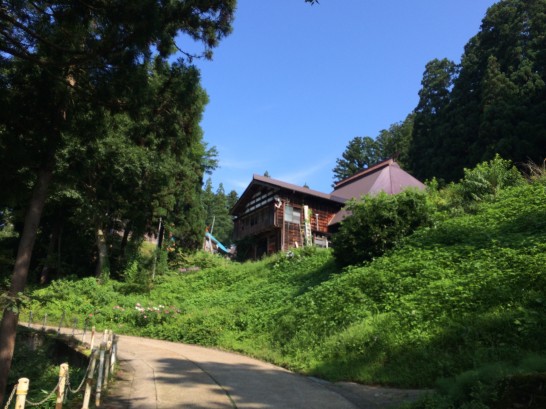
It's quite a steep hill, and if you go in a light car, the engine will give a sad scream (laughs). Engine, you just have to hang on a little longer! Nice scenery, though.
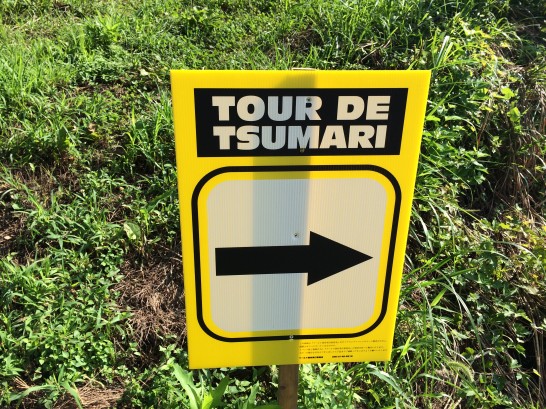
Incidentally, this area is also the venue for the Tour de Tsumari cycling event. I watched the event here the year before last (2012), and was numb to the sight of the riders running up the steep gradients as shown in the photo above. As a man, I would like to be able to climb on my own, instead of saying "Go for the engines". Someday.
A little further on, the scenery gradually opens up on the right side of the train window.
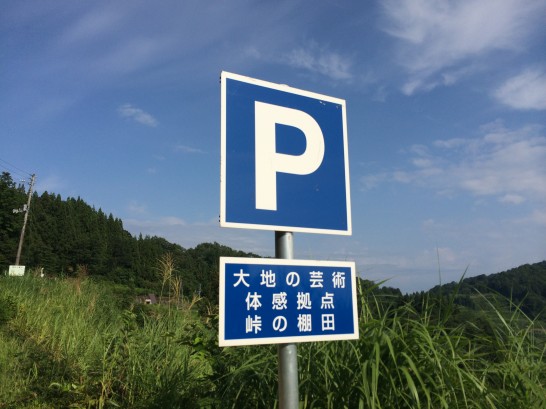
Arrived at! 'Experience base'. It's wonderful.

A parking space is in sight. Park your car here. Be careful not to disturb the locals. Quite a few farm vehicles and work vehicles pass by.
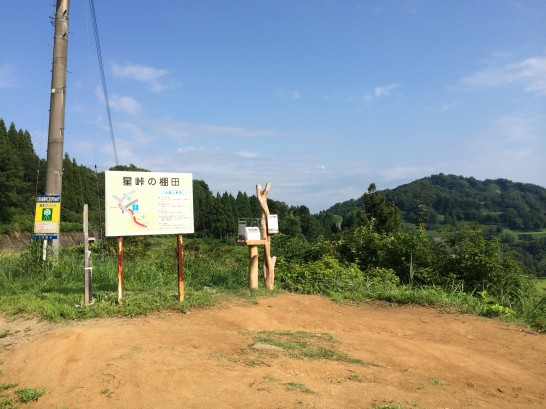
Ooooh!!! Right next to the car park is an open area that smells very much like a 'viewpoint'! LOL!
...Don't be too proud, I'll show you. If you look to the right, this is what you see..!
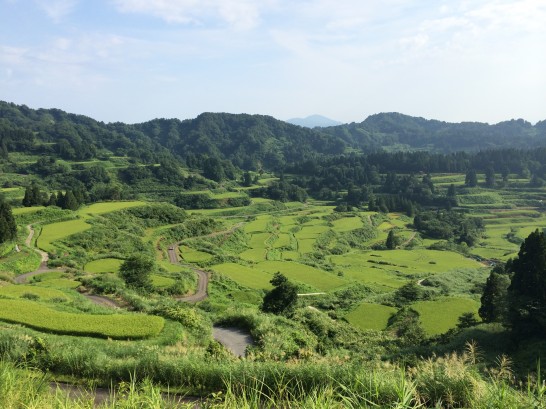
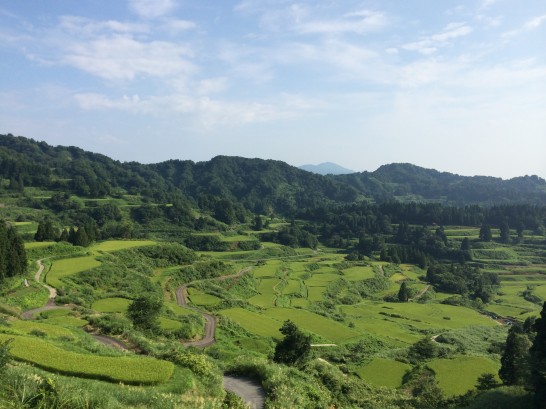
Needless to say, the classic Ghibli songs automatically played in my head. I'm glad I'm Japanese. I'm really glad I'm Japanese..! I'm glad I'm from Niigata!
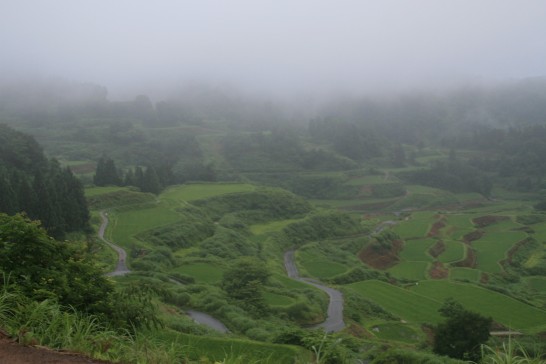
(Omake) Even when the weather is bad, the landscape looks like this. This is also a tasteful scene.
If you visit in early spring or autumn, when the rice paddies are flooded, you can enjoy what is known as a 'water mirror', where the colours of the sky are reflected in the rice paddies. Early morning is particularly recommended. If you are travelling from far away, such as Niigata City or Tokyo, it may be a good idea to arrive the day before and stay at an inn in the area. Alternatively, camping at an auto-camping site is also recommended.
I also thought that the Echigo-Tsumari area, including Hoshitoge, is recommended for foreigners because the entire region retains its old townscape and is also a vast exhibition space for artworks. If you have friends from abroad, I think they will definitely be pleased if you show them around the Echigo-Tsumari area.
I'm going to go for the second one for autumn leaves & water mirrors. See you then!
Spotlight.
Hoshitoge Rice Terraces Reference Links & Related Events
- Tokamachi Tourist Association.
- 'Echigo-Tsumari Art Festival'.
- 'Tour de Tsumari'.
- Niigata Prefecture's official tourism website [Niigata Tourism Navi] Hoshitoge rice terraces.
advertisement


